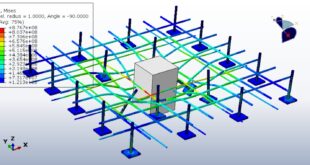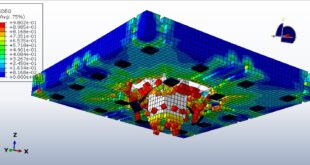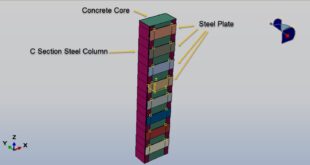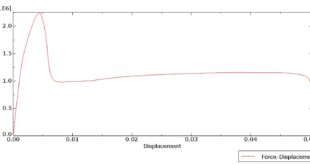A wood-steel plate connection with bolts is a common structural joint used in timber construction to transfer loads between wooden members and steel plates. This type of connection is widely used in beams, columns, trusses, and hybrid structures due to its strength, durability, and ease of assembly
You can see a figure of the assembled parts of wood, steel plate, and bolt
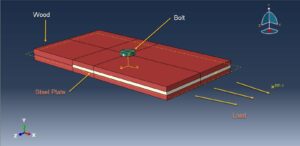
Key Components of the Connection
Wood Member – Typically a glulam, LVL, or solid timber element
Steel Plate – Acts as a connector, often made of mild steel (e.g., A36) or high-strength steel
Bolts – Usually hex bolts, carriage bolts, or fully threaded rods (ASTM A307 or higher grade)
Washers & Nuts – Distribute clamping force and prevent bolt pull-through
Optional Adhesives/Sealants – Used to improve stiffness and moisture resistance
Failure Modes to Check
Wood Splitting (due to insufficient edge distance)
Bolt Shear Failure (if bolts are undersized)
Bearing Failure in Wood (crushing around bolt holes)
Steel Plate Yielding/Buckling (if too thin)
Bolt Withdrawal (if tension forces are present)
Construction Steps
Fabricate a steel plate with pre-drilled holes
Mark & pre-drill wood (avoid splitting)
Assemble with bolts, washers, and nuts
Tighten evenly to avoid uneven clamping
Check for gaps and ensure full contact
The important thing in the simulation is the material model of the wood, it can be an elastic-plastic model with damage behavior. After the simulation, all results such as stress, strain, damage, failed zones, force-displacement, and other results are available. You can see some figures of the results below
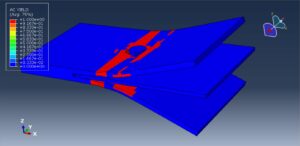
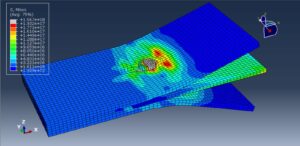
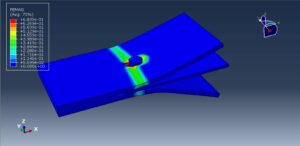
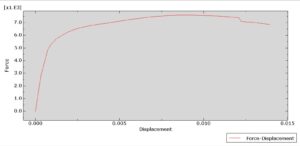
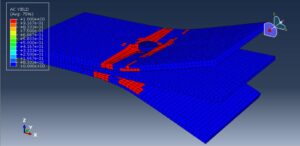
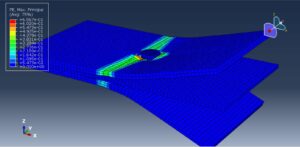
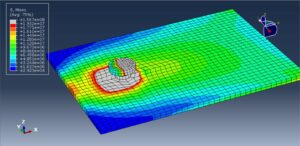
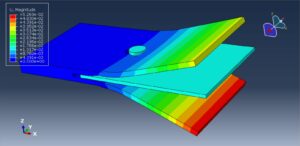
 Abaqus tutorials Abaqus tutorials
Abaqus tutorials Abaqus tutorials
